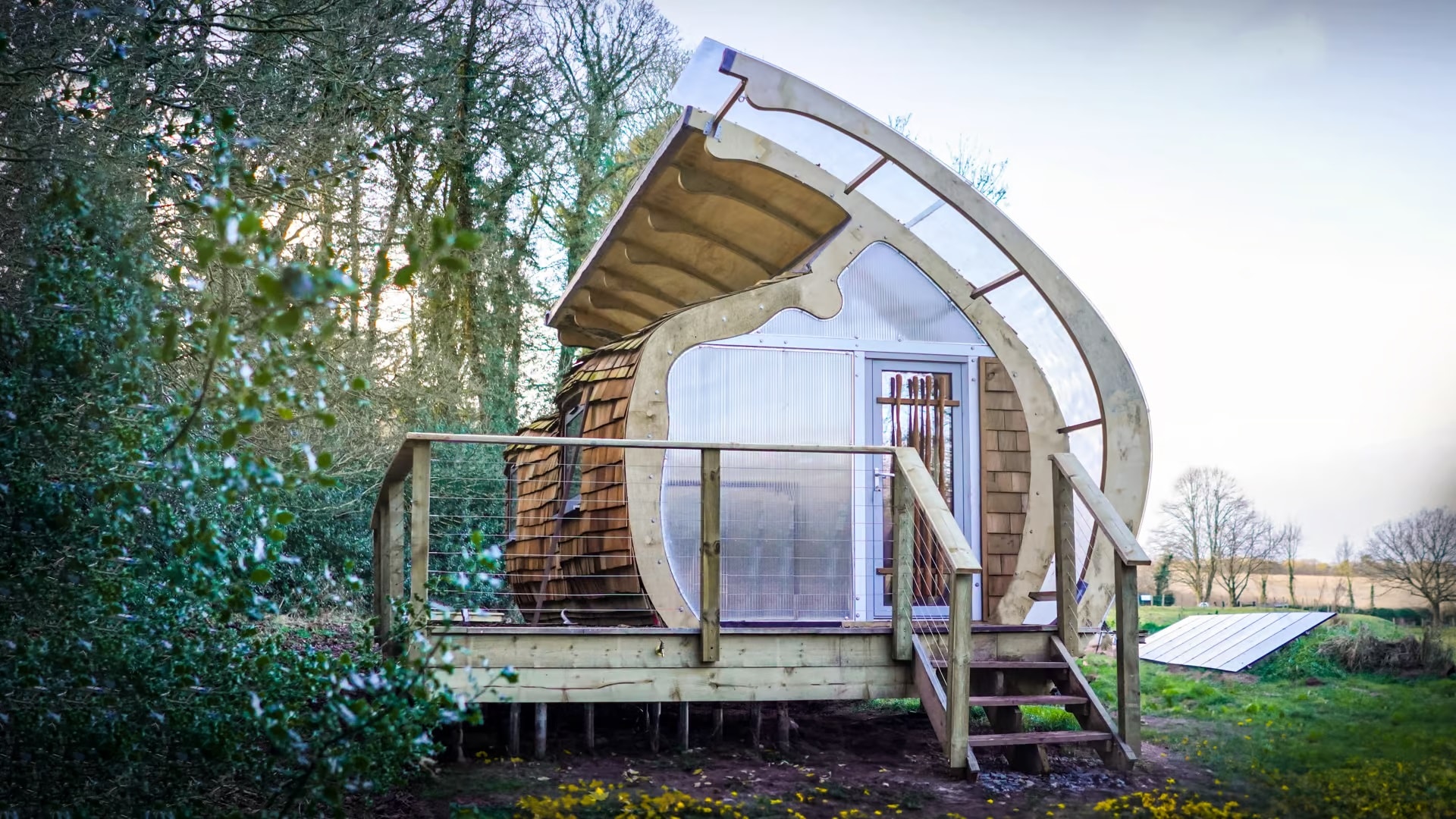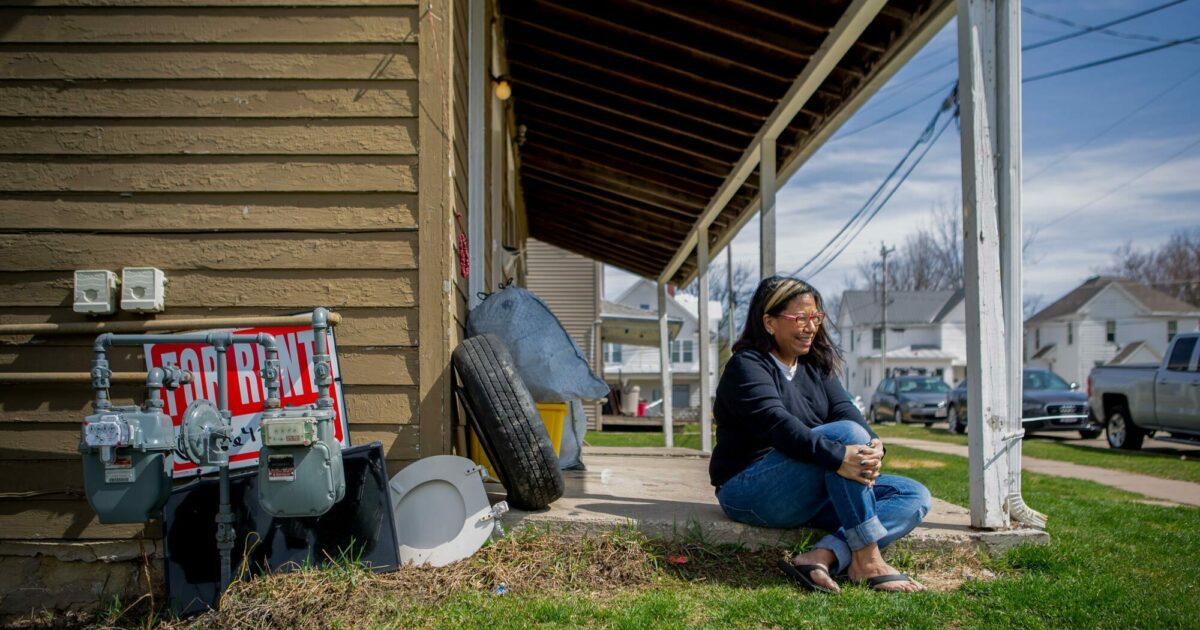In the quest to tackle the United States’ affordable housing crisis, off-site constructed homes and commercial developments are some of the best hopes. Offsite and modular solutions promise faster build times and reduced costs, but the road to realizing their potential can be riddled with challenges.
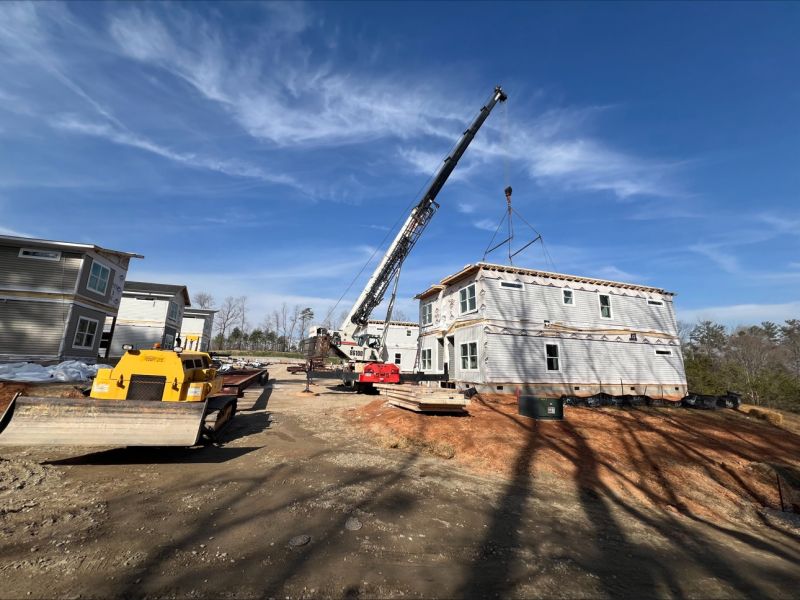
all photos – fourAconstructs
Each step, from planning to the final touches, presents unique hurdles that can stall progress or inflate costs, potentially derailing the affordability aspect of these homes. I’d like to share some of those complexities involved and explore how addressing these can make off-site a cornerstone of affordable housing solutions.
Planning for Community Harmony
A successful off-site housing project begins with meticulous planning that aligns with the community’s needs and aspirations. However, a common stumbling block is the lack of integration with local community plans. Without this, projects risk facing opposition or failing to meet the community’s housing demands. The key lies in engaging with communities early on, ensuring that these homes are affordable and cherished additions to the neighborhood.
Navigating the Codes and Regulations Maze
Building codes and regulations often lag, not fully accommodating the nuances of off-site construction. This discrepancy can lead to delays and escalated costs, making it imperative for policymakers to modernize building codes. Simplifying this legal labyrinth will not only expedite construction but also make it more cost-effective, paving the way for more affordable homes.
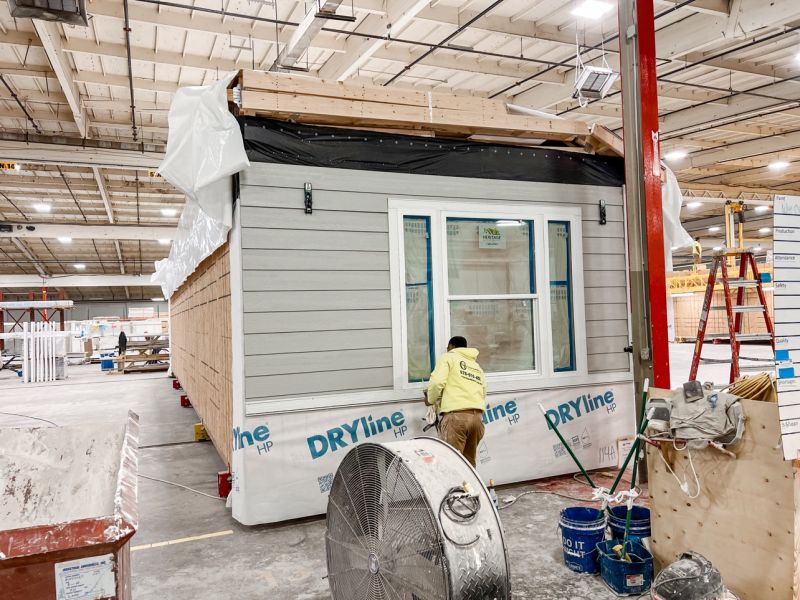
.
Manufacturing: The Quality Conundrum
Inconsistent quality control across different manufacturers can compromise the durability and safety of off-site constructed homes. It’s essential to establish and adhere to stringent quality standards. By ensuring that all manufacturers meet high-quality benchmarks, we can guarantee that these homes are built to last, maintaining their affordability over time.
Transportation: Bridging the Distance
Transporting large prefabricated sections poses significant logistical and financial challenges, especially in inner city areas. This can inflate the project’s overall cost, undermining the affordability of these homes. Finding innovative transportation solutions and optimizing design for easier transport can mitigate these costs, making all areas, both remote and inner city, accessible for affordable housing projects.
Erection and Set: The Skill Gap
The assembly of prefabricated components requires specialized skills and equipment, often leading to bottlenecks. Bridging the skill gap by training local workforces in off-site construction techniques can accelerate project timelines and reduce costs, making the erection process smoother and more efficient.
Developers: Overcoming Hesitation
Many developers remain wary of off-site construction, deterred by perceived risks and unfamiliarity with the process. Educating developers about the benefits and feasibility of off-site construction can dispel myths and encourage more to embrace this innovative approach to building affordable homes.
The NIMBY Challenge
Not In My Backyard (NIMBY) sentiments can stall affordable housing projects, fueled by misconceptions about their impact on property values and community aesthetics. Overcoming this requires transparent communication and community engagement, highlighting the benefits and addressing concerns to garner support for these vital projects.
Zoning: The Invisible Barrier
Restrictive zoning laws often prevent off-site built homes or condominiums from being placed in certain areas, limiting their contribution to expanding the affordable housing stock. Reforming zoning laws to accommodate and promote off-site construction is crucial for unlocking new areas for affordable homes.
Finishing Touches: Ensuring Quality and Timeliness
Coordinating the final stages of construction, including utilities and amenities, can be fraught with delays and quality issues. Streamlining finish work through better coordination and quality control ensures that projects are completed on time and within budget, making the dream of affordable housing a reality for more people.
Financing the Future
Access to financing remains a significant hurdle for both developers and potential homeowners. Traditional lenders’ hesitancy towards off-site construction projects can be addressed through education and by showcasing successful projects, thereby opening up financing avenues and making affordable housing more attainable.
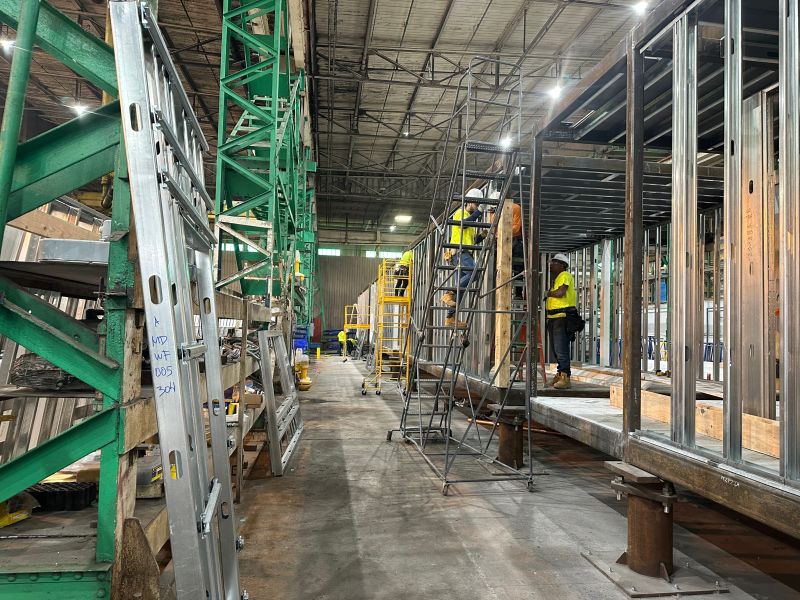
.
The Rising Costs of Materials and Labor
Material and labor costs are a universal challenge in construction, with significant impacts on the affordability of off-site built homes. By leveraging economies of scale and innovating in materials and construction techniques, we can mitigate these costs and keep the promise of affordable housing alive.
Forward Together
The journey to make off-site built homes a key player in addressing the U.S.’s affordable housing needs is complex, but not insurmountable. By tackling these challenges head-on, with a focus on innovation, collaboration, and community engagement, we can navigate the maze of obstacles and unlock the full potential of off-site construction. The path forward requires a concerted effort from all stakeholders, but the destination—a future where affordable housing is accessible to all—is well worth the journey.
Gary Fleisher is a renowned blogger, consultant, and commentator on construction and housing trends, known for his insightful analysis of the industry.

